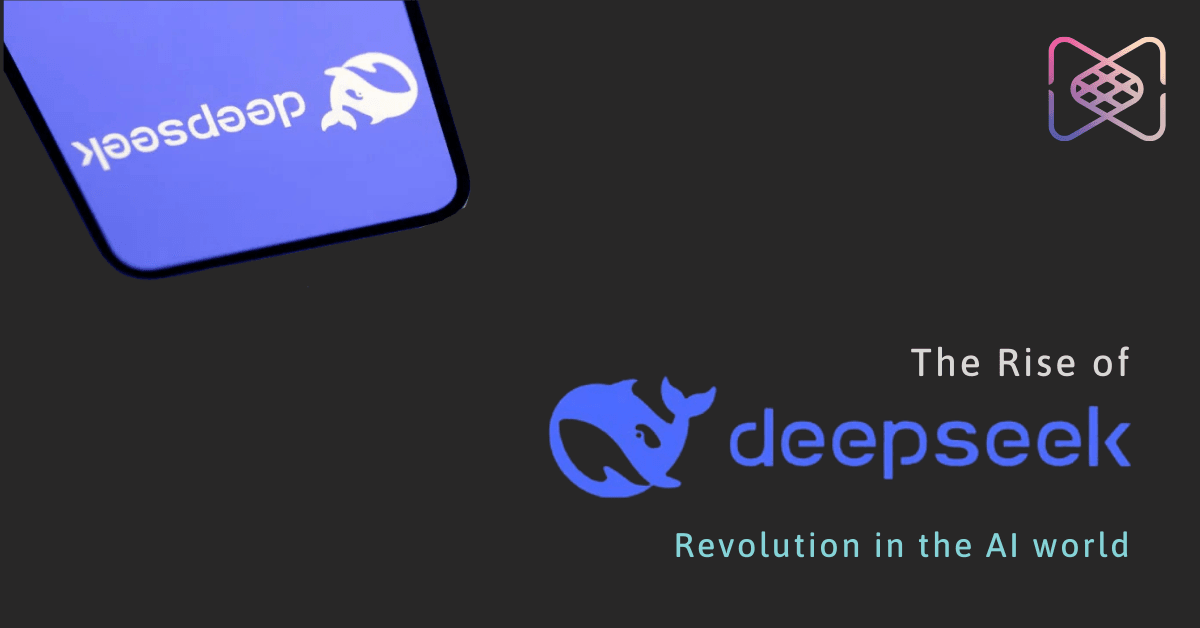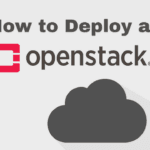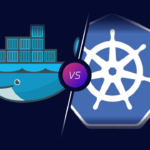DeepSeek proves AI can be powerful, accessible, and affordable
Artificial Intelligence has long been dominated by tech giants with deep pockets, but that narrative is changing. Enter DeepSeek, a China-based AI firm that has disrupted the industry with its low-cost, open-source large language model (LLM), DeepSeek-R1. The model launched on January 20, 2025, and within days, it soared in popularity—topping Apple’s App Store charts and shaking up the stock market. The rapid adoption of DeepSeek signifies a major shift in the AI landscape, proving that innovation and cost-efficiency can compete with industry giants. As more developers and businesses explore the benefits of DeepSeek, it is poised to redefine how AI models are developed, accessed, and integrated into various applications.
DeepSeek’s breakthrough raises many questions: How did it achieve such efficiency? What makes it different from OpenAI’s ChatGPT? Why has it triggered concerns in the U.S.? These questions are crucial, as the implications of DeepSeek’s rise extend beyond just technology and impact the business strategies of global AI firms. This blog explores everything you need to know about DeepSeek, its impact, and the broader implications for the AI industry.
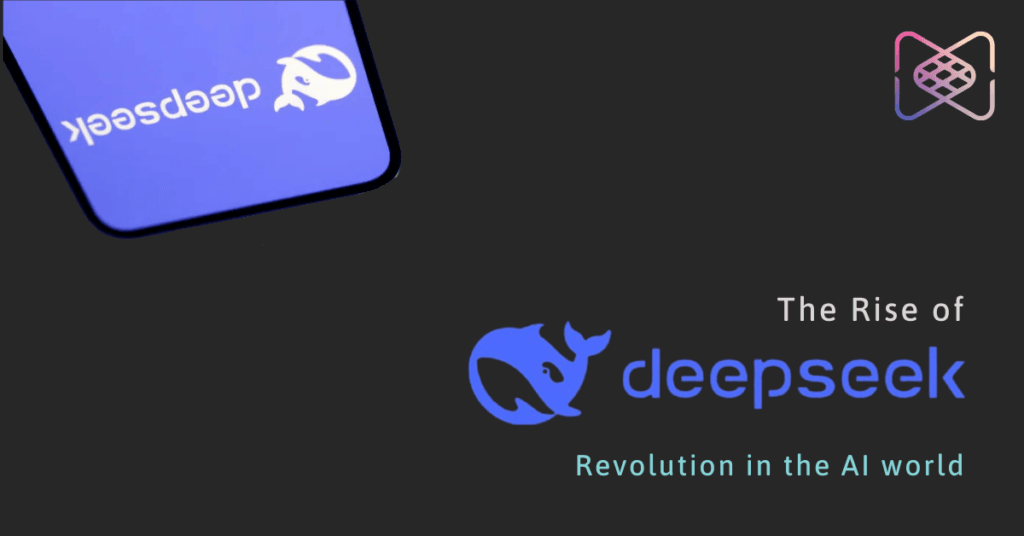
What is DeepSeek?
DeepSeek is an AI research and development firm based in Hangzhou, China, founded in May 2023 by Liang Wenfeng, a Zhejiang University graduate. The company operates as an independent AI lab under the umbrella of High-Flyer, a China-based quantitative hedge fund. Despite being relatively new in the AI space, DeepSeek has demonstrated remarkable progress by prioritizing open-source AI models, making powerful AI tools accessible to a wider audience.
Unlike major U.S. AI players that focus on proprietary AI solutions, DeepSeek prioritizes open-source AI models, fostering a collaborative development environment. By doing so, it has attracted a community of developers who actively contribute to refining and expanding its capabilities. This approach has fueled its rapid growth and widespread adoption among researchers, businesses, and independent developers. The firm’s commitment to open-source AI is a stark contrast to the dominant paywalled models developed by U.S. firms, ensuring that AI remains democratized and available for innovative applications beyond large corporations.
Despite its success, the full funding details and valuation of DeepSeek remain undisclosed, but it is evident that its financial backing is substantial enough to challenge some of the biggest names in the AI sector. Given its rapid progress, analysts speculate that DeepSeek could soon become a leading force in AI development, challenging traditional power structures within the industry.

DeepSeek vs. OpenAI: A Comparative Analysis
DeepSeek’s rapid ascent challenges OpenAI’s dominance. Both companies develop advanced LLMs, but they differ significantly in approach, pricing, and accessibility. While OpenAI has pioneered generative AI with its GPT models, it has largely remained closed-source and commercialized, limiting access to those who can afford premium API services. DeepSeek, on the other hand, has embraced an open-source philosophy, allowing developers worldwide to experiment, refine, and integrate its models without restrictive paywalls. This fundamental difference positions DeepSeek as a potential disruptor in the AI space, particularly for businesses and independent developers seeking cost-effective alternatives.
| Feature | OpenAI (ChatGPT) | DeepSeek |
|---|---|---|
| Founding Year | 2015 | 2023 |
| Headquarters | San Francisco, U.S. | Hangzhou, China |
| Development Focus | Broad AI Capabilities | Efficient, Open-Source Models |
| Key Models | GPT-4o, o1 | DeepSeek-V3, DeepSeek-R1 |
| Specialized Models | DALL-E (image), Whisper (speech) | DeepSeek Coder (coding), Janus Pro (vision) |
| API Pricing (Per Million Tokens) | o1: $15 (input), $60 (output) | R1: $0.55 (input), $2.19 (output) |
| Open-Source Policy | Limited | Mostly Open-Source |
| Development Cost | Hundreds of Millions | Under $6 Million |
One of DeepSeek’s biggest advantages is cost efficiency. While OpenAI reportedly spent hundreds of millions developing its o1 model, DeepSeek-R1 was created for under $6 million—a fraction of the cost. This pricing structure makes AI more accessible to smaller companies, researchers, and developers who might have been previously excluded from cutting-edge AI due to high costs. Additionally, its commitment to open-source development means that improvements and modifications can come from the global developer community, further accelerating innovation. This advantage not only lowers barriers to entry but also fosters a more inclusive AI ecosystem.
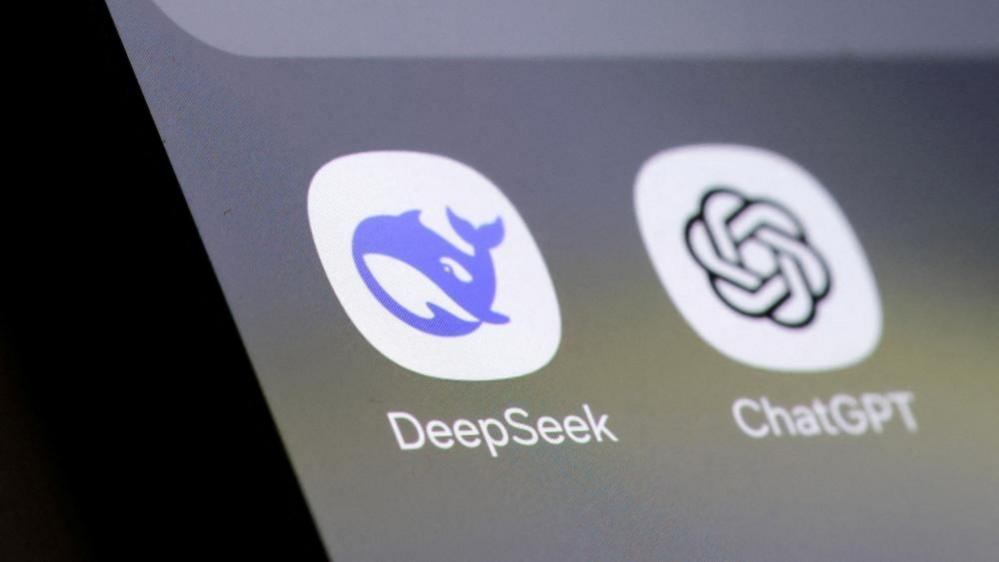
How DeepSeek Trains its Models
DeepSeek’s training methodology differs from OpenAI’s. Here are some of its key innovations:
- Reinforcement Learning: Instead of traditional fine-tuning, DeepSeek uses reinforcement learning for reasoning-based tasks. This method allows the AI to self-improve through feedback loops, enhancing its problem-solving capabilities without excessive human intervention.
- Reward Engineering: A unique rule-based reward system, outperforms typical neural reward models. By refining how AI evaluates success, DeepSeek ensures more accurate, context-aware responses.
- Distillation: DeepSeek successfully compresses capabilities into smaller models, making AI more efficient. This technique allows smaller versions of the model to retain high performance while requiring fewer computational resources, making AI more sustainable and cost-effective.
- Emergent Behavior Network: Complex reasoning patterns emerge naturally without explicit programming. DeepSeek’s architecture allows for unexpected but beneficial problem-solving techniques to surface, improving its real-world application potential.
These innovations have allowed DeepSeek to create models with high reasoning ability while using fewer computational resources, making AI deployment more scalable and affordable. As AI continues to evolve, these training techniques could set new industry benchmarks for efficiency and accessibility.

The Future of DeepSeek
DeepSeek has positioned itself as a game-changer in the AI industry. Its open-source philosophy, cost efficiency, and rapid advancements make it a strong competitor to OpenAI and other U.S.-based AI firms. However, challenges such as cybersecurity risks, geopolitical tensions, and sustainability concerns remain. As AI continues to shape the future of technology, DeepSeek’s approach could redefine how AI models are developed, deployed, and monetized.
Looking ahead, DeepSeek’s impact on the AI industry will largely depend on its ability to maintain cost efficiency while enhancing model capabilities. If it successfully navigates these challenges, it could shift the balance of power in the AI landscape, influencing the development and accessibility of next-generation AI tools worldwide. The global response to DeepSeek’s success will also shape future AI policies and regulatory frameworks.
MyceliumWeb: Stay Ahead in the AI Revolution
AI is evolving rapidly, and staying informed is crucial. At MyceliumWeb, we bring you the latest insights on AI trends, open-source developments, and emerging tech breakthroughs. Explore more AI insights here
